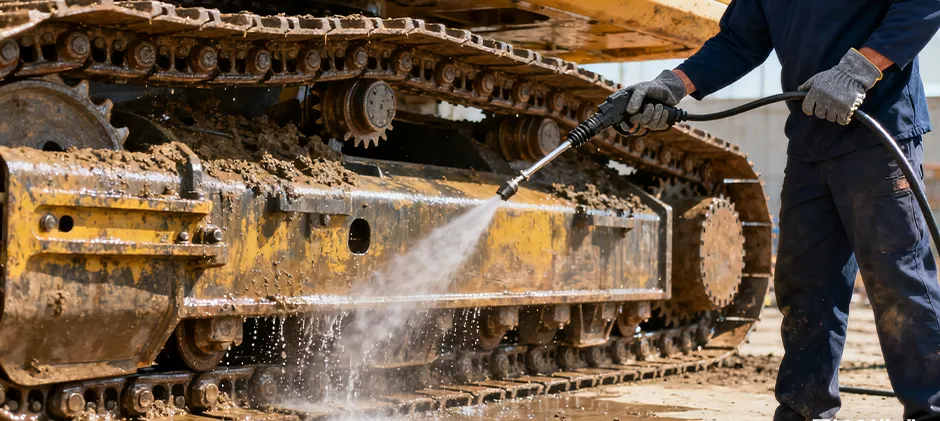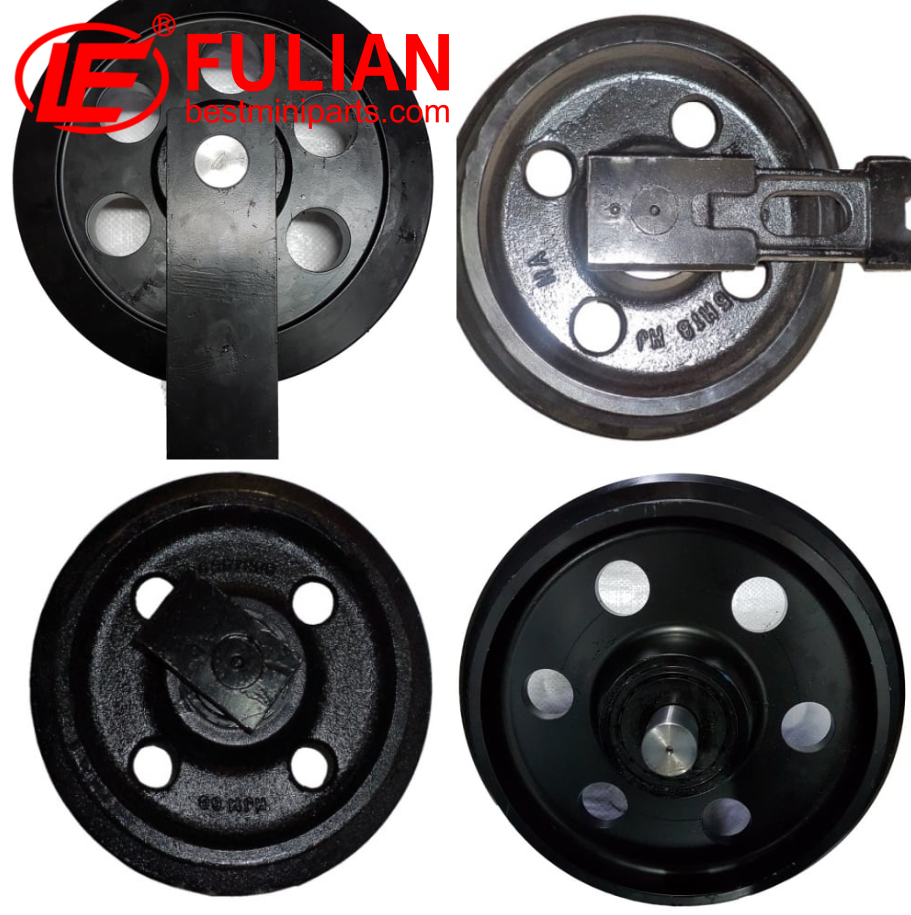Regular maintenance of rubber tracks on an excavator is essential to ensure the longevity and efficient performance of the machine. The frequency of maintenance depends on several factors, including operating conditions, the quality of the tracks, and the intensity of use. Proper maintenance practices can prevent premature wear, reduce the risk of unexpected failures, and ultimately extend the life of the rubber tracks. This guide provides a comprehensive overview of how often rubber tracks should be maintained and what aspects should be considered during maintenance.
Key Factors Influencing Maintenance Frequency
- Operating Conditions: The environment in which the excavator operates plays a crucial role in determining how often the rubber tracks need maintenance. For example, machines working in harsh conditions like rocky or abrasive surfaces require more frequent inspections and maintenance. In contrast, those used on softer terrains like soil or sand may require less frequent attention.
- Usage Intensity: The intensity and duration of use also impact the frequency of maintenance. Excavators that are used daily or for extended hours will naturally experience more wear and tear than those used sporadically. High-usage machines should have more frequent maintenance checks to ensure the rubber tracks remain in good condition.
- Track Quality and Design: The quality of the rubber tracks and their design can affect maintenance intervals. High-quality tracks, made with durable materials and reinforced with steel cables, typically require less frequent maintenance than lower-quality options. Additionally, some tracks are designed with features that reduce wear, such as reinforced edges or specialized tread patterns.
Recommended Maintenance Schedule
While the exact frequency of maintenance can vary, a general guideline for maintaining rubber tracks on an excavator includes the following:
- Daily Inspections: Operators should conduct a visual inspection of the rubber tracks before and after each use. This daily check should include looking for signs of damage, such as cuts, tears, or punctures, and ensuring that the tracks are properly aligned and tensioned.
- Weekly Cleaning and Lubrication: At least once a week, the tracks should be thoroughly cleaned to remove any debris, mud, or foreign objects that could cause damage. Lubrication of moving parts, such as the rollers and idlers, should also be performed to reduce friction and wear.
- Monthly Detailed Inspection: A more thorough inspection should be conducted monthly. This involves checking the track tension, inspecting the undercarriage components, and looking for any signs of abnormal wear. The tension of the tracks should be adjusted as needed to prevent sagging or excessive tightness, both of which can accelerate wear.
- Quarterly Professional Inspection: Every three months, a professional inspection by a qualified technician is recommended. This inspection should include a comprehensive evaluation of the tracks, undercarriage, and related components. The technician can provide a detailed assessment of the condition of the rubber tracks and recommend any necessary repairs or replacements.
- As-Needed Maintenance: In addition to scheduled maintenance, tracks should be inspected and maintained as needed, especially after working in particularly challenging conditions. For instance, after operating in muddy or rocky environments, additional cleaning and inspections may be necessary.
Key Maintenance Activities
- Cleaning: Regular removal of dirt, mud, and debris prevents damage to the tracks and undercarriage components.
- Tension Adjustment: Proper track tension is crucial to prevent premature wear. Tracks that are too loose or too tight can cause issues with track alignment and wear.
- Damage Repair: Promptly addressing any damage, such as cuts or punctures, can prevent more significant issues and extend the life of the tracks.
- Lubrication: Regular lubrication of the undercarriage components reduces friction and wear, contributing to the overall longevity of the tracks.
Conclusion
The maintenance frequency for rubber tracks on an excavator depends on operating conditions, usage intensity, and track quality. A general guideline includes daily inspections, weekly cleaning and lubrication, monthly detailed inspections, and quarterly professional evaluations. Proper and consistent maintenance practices are vital for ensuring the longevity and optimal performance of the rubber tracks.
Fulian Operation Team
2024.8.24








